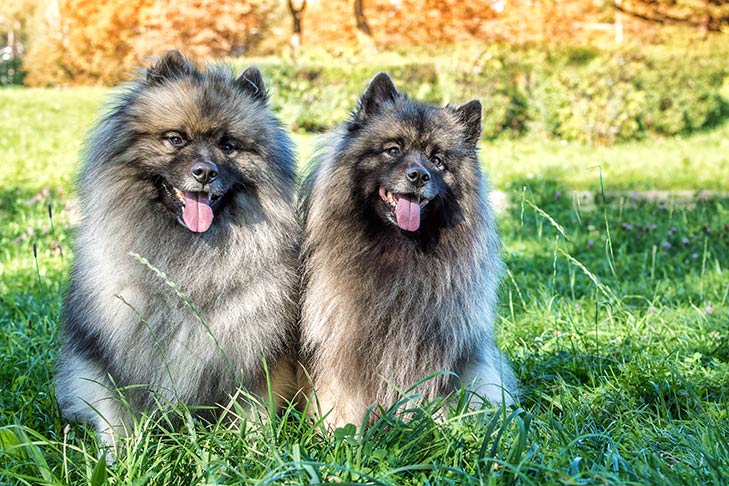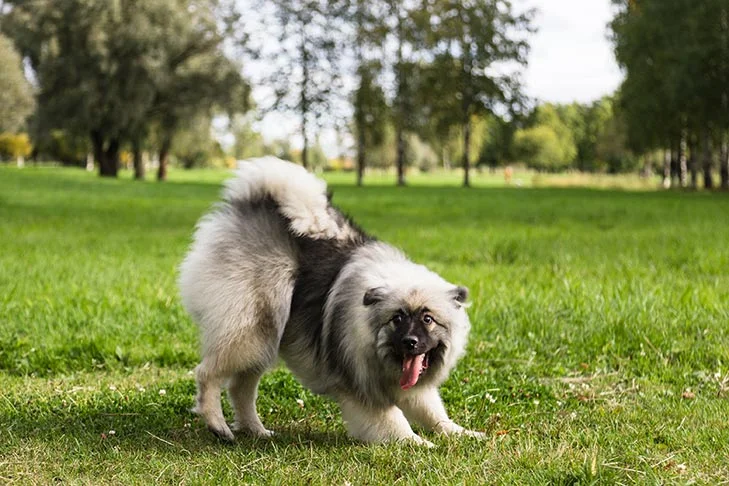The friendly Keeshond is a medium-sized spitz dog with a thick coat who is known for the characteristic “spectacles” on his foxy face. The Kees, who was formerly a staple on the canal barges of his native Holland, was and still is a symbol of Dutch pride.
These square, strong companions are descended from the same ancient stock as Pomeranians and Samoyeds. Keeshonden are typically “spitzy,” with a foxy face, pointed ears, a profuse coat, and a plumed tail carried high over the back. The “spectacles,” which are shadings and markings around the eyes that give the appearance that a Kees is wearing luxury eyewear, are a distinctive breed trait and one of the most attractive characteristics in all dogdom. The specs highlight an alert, intelligent expression.






 Health
Health Grooming
Grooming Exercise
Exercise Training
Training Nutrition
Nutrition